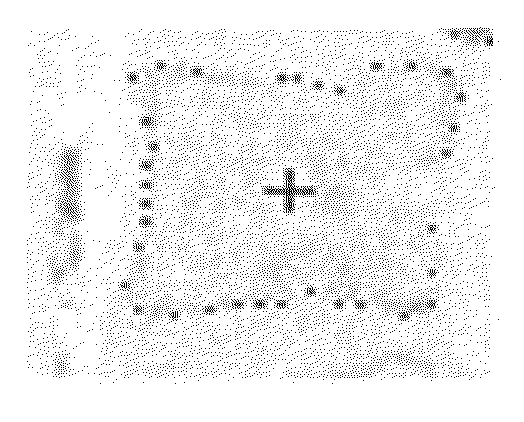Automated Vertebral Body Image Segmentation for Medical Screening
a vertebral body and medical screening technology, applied in the field of computerized medical systems, can solve the problems of immobility, pain, mortality, costing billions of dollars annually, and low screening complian
- Summary
- Abstract
- Description
- Claims
- Application Information
AI Technical Summary
Benefits of technology
Problems solved by technology
Method used
Image
Examples
Embodiment Construction
[0038]For better organization the description is broken down into subsections related to different portions of the system.
Vertebral Body Segmentation
[0039]FIG. 1 is a block diagram illustrating the high, level workflow of the software pipeline developed to implement automated vertebral body segmentation. The imaging acquisition system retrieves the CT study from the medical image repository (e.g. the PACS system) and the spine elements detection system identifies the location of the spine elements in the study images. Next, the vertebral body segmentation system labels the cortex and the trabecular bone of each vertebral body. Finally, the segmentation output system stores the results in the segmented image repository (e,g, a hard drive).
Spine Element Detection System
[0040]FIG. 2 is a flow chart illustrating the workflow of the spine elements detection system of FIG. 1, which isolates the spine region and detects the spinal canal and intervertebral discs in the CT study.
Orientation ...
PUM
 Login to View More
Login to View More Abstract
Description
Claims
Application Information
 Login to View More
Login to View More - R&D
- Intellectual Property
- Life Sciences
- Materials
- Tech Scout
- Unparalleled Data Quality
- Higher Quality Content
- 60% Fewer Hallucinations
Browse by: Latest US Patents, China's latest patents, Technical Efficacy Thesaurus, Application Domain, Technology Topic, Popular Technical Reports.
© 2025 PatSnap. All rights reserved.Legal|Privacy policy|Modern Slavery Act Transparency Statement|Sitemap|About US| Contact US: help@patsnap.com



